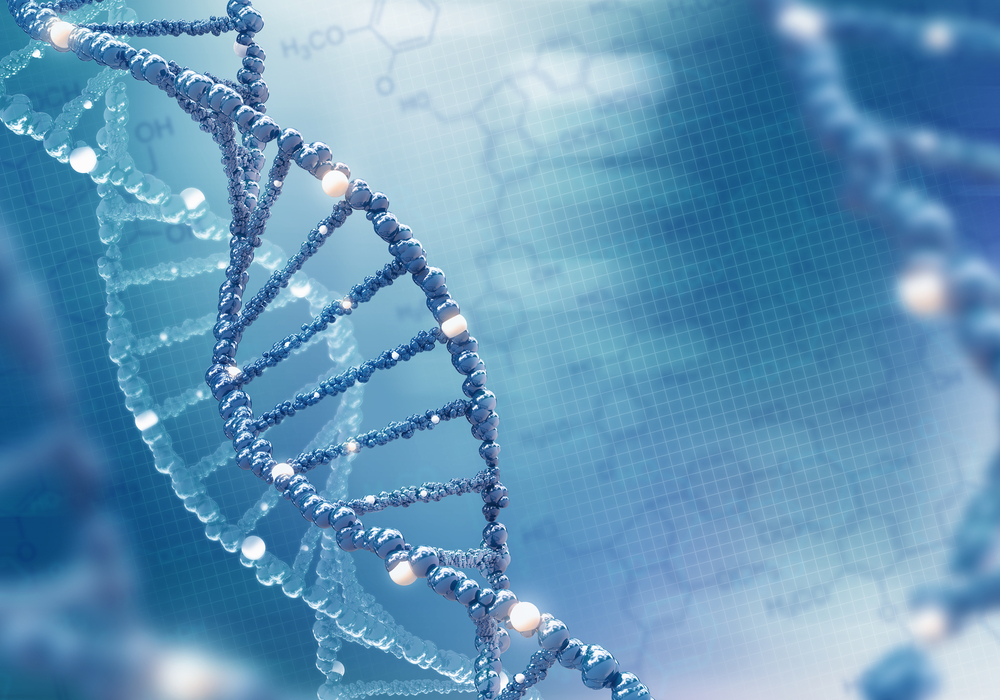Researchers Work to Map LRRK2 Cell Interactions for Parkinson’s Clues, Study Says

Researchers characterized the structure and interactions of proteins connected to the leucine-rich repeat kinase 2 (LRRK2) gene, the most common genetic cause of Parkinson’s disease, opening up new avenues for the development of new treatments for the disease.
The study,” Structural Basis for Rab8a Recruitment of RILPL2 via LRRK2 Phosphorylation of Switch 2,” was published in the journal Structure.
Parkinson’s is characterized by the loss of neurons in a region of the brain called the substantia nigra. These neurons produce dopamine, a neurotransmitter, or chemical messenger, that allows brain cells to communicate. Damage and loss to these neurons leads to lower dopamine levels and the characteristic symptoms of the disease.
“The only treatment for Parkinson’s disease in the last 20 years has been dopamine replacement therapy,” which is “not completely effective and can wear off over time,” Amir Khan, associate professor at the School of Biochemistry and Immunology at Trinity College in Dublin and senior author of the study, said in a press release.
The absence of effective treatments may be due to lack of understanding of how neurons become damaged and die. The study focused on the LRRK2 gene, which provides instructions for the production of an enzyme called leucine-rich repeat kinase 2, also known as dardarin.
Some 10% of Parkinson’s cases have an underlying genetic base, and the most common involved gene is LRRK2. The protein also plays a role in sporadic cases of Parkinson’s.
“In other words, afflicted individuals may not have an LRRK2 mutation, but the enzyme ‘runs amok’ in their neurons anyway,” Khan said. “Inhibitors of this enzyme are now in late clinical trials for treatment of Parkinson’s disease.”
The researchers studied the enzyme and its network of substrates (the molecule upon which an enzyme acts) in the laboratory.
In the cell, LRRK2 is involved in important processes like autophagy (cells’ clean-up system), mitochondria functioning (cells’ powerhouses) and protein processing.
Small proteins known as GTPases are physiological substrates, or targets, of LRRK2. These include so-called Rabs — part of a protein superfamilly called Ras, which are essential to cell growth, differentiation and migration, and trafficking of molecules in and out the cells. These enzymes alternate between an active and inactive state.
Previous findings have “place[d] LRRK2 at the center of a Rab signaling cascade that is key to understanding the molecular pathways that underpin [Parkinson’s disease],” the researchers wrote.
The modification of Rabs by LRRK2 modulates their interaction with different molecules, by promoting the interaction of Rabs with two poorly studied proteins termed RILPL1 (Rab interacting lysosomal protein-like 1) and RILPL2, which have been associated with the regulation of ciliogenesis (the assembly of cilia, cells’ structures that sense and process signals).
The researchers used X-ray crystallography — a technique that provides information about protein structure — to study the 3-D structure of the complex formed by Rabs and RILPL1 and RIPL2 and understand how LRRK2 can affect the brain and lead to Parkinson’s disease.
“The research allowed us to visualize the 3-D structure of a protein complex that is formed when LRRK2 is overactive,” Khan said. “From these structural studies of proteins, we can understand how LRRK2 is able to impose its profound effects on neurons. We are the first group to report the effects of LRRK2 in 3-D detail using a method called X-ray crystallography.”
“An overactive LRRK2 runs loose in neurons and wreaks havoc on motor and cognitive abilities,” Khan said. “In a way, we are chasing the footprints that LRRK2 leaves in the brain to understand what it does, and find ways to stop it.”






